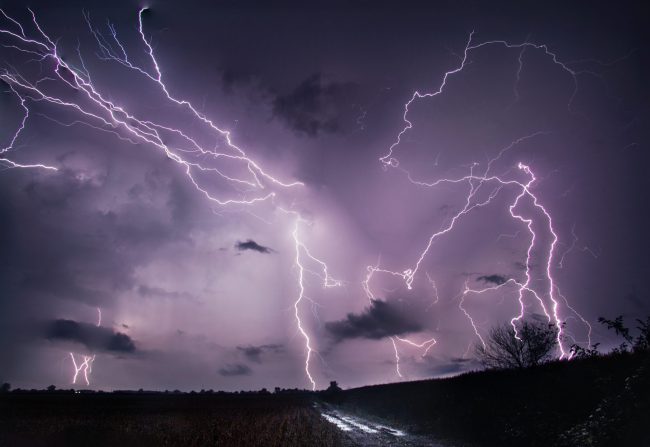Insights from the 2024 AMS Broadcaster Meteorology and Weather Warning Conferences
Researchers funded by WPO’s Science, Technology, and Society Division presented their findings at the 51st Conference on Broadcast Meteorology and Seventh Conference on Weather Warnings and Communication, fostering a valuable exchange of insights between researchers and practitioners.









